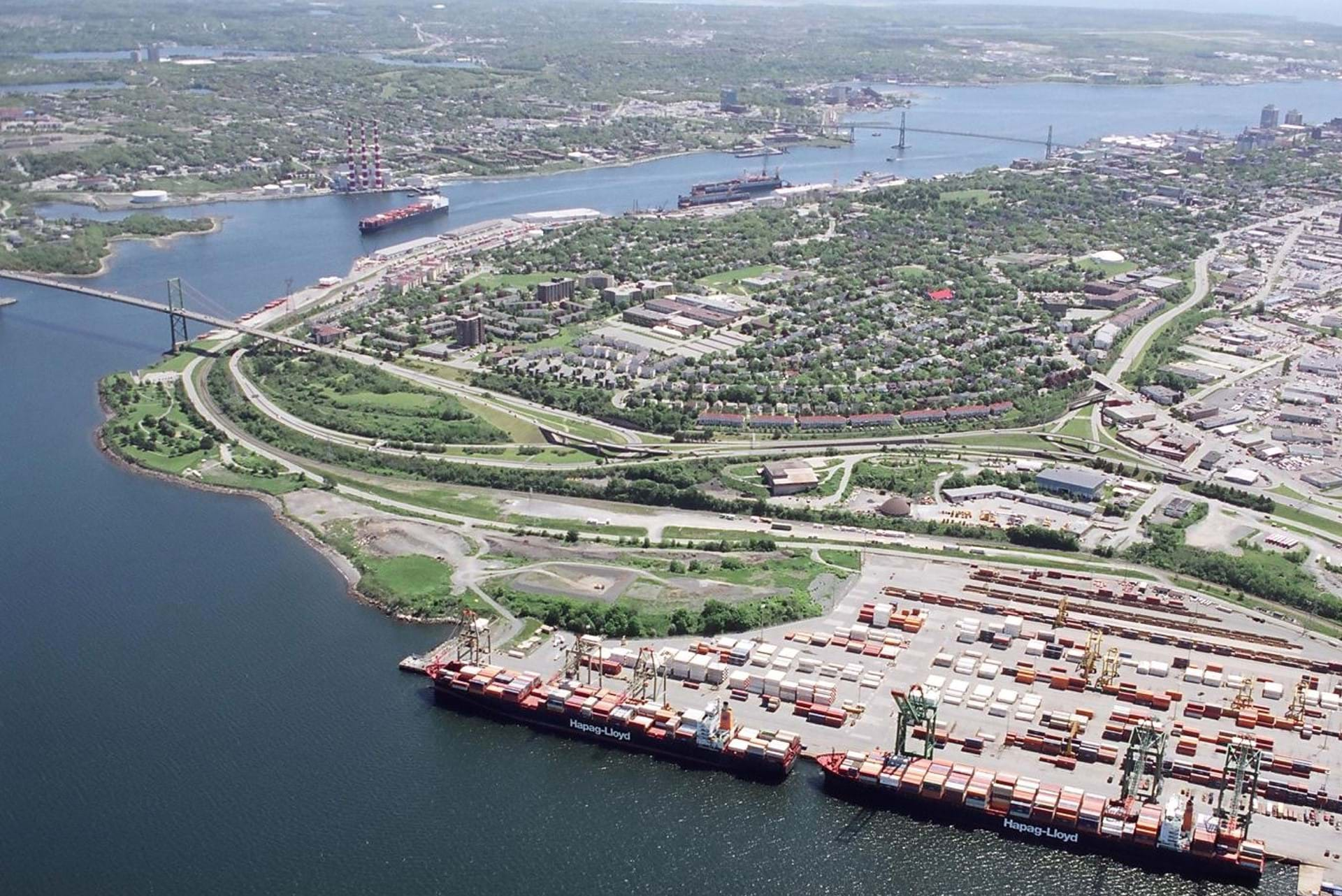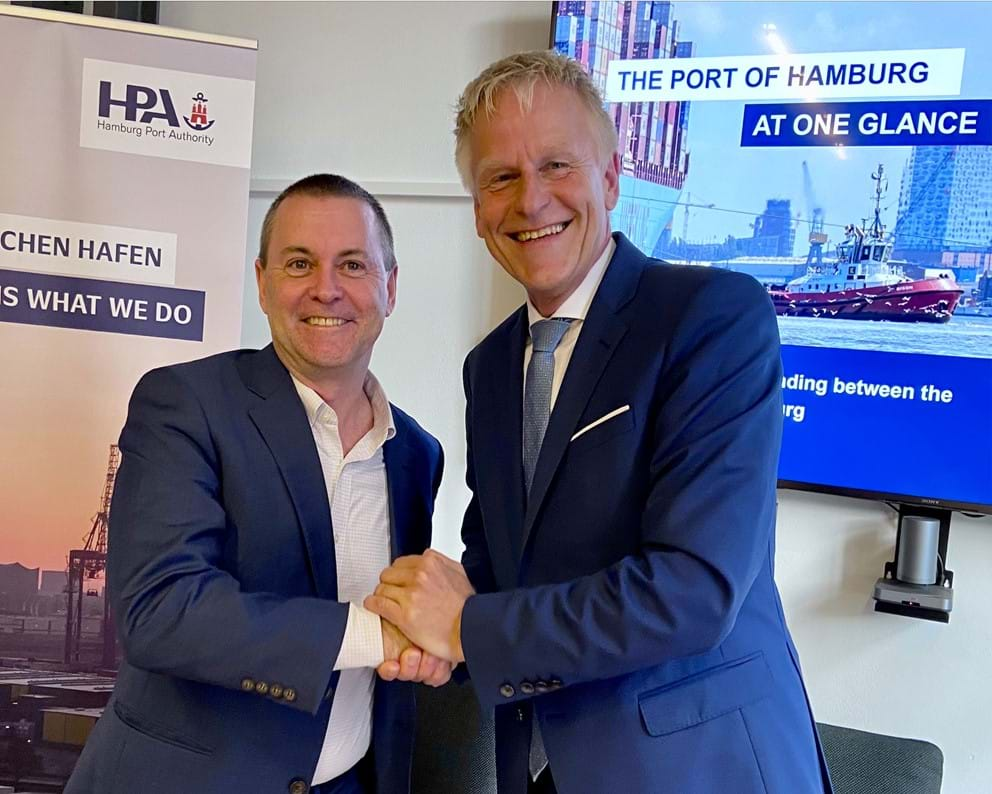
Green Shipping Corridors — Halifax & Hamburg
DecarbonizationHalifax and Hamburg port authorities team up to decarbonize shared North Atlantic corridor
The Halifax Port Authority and the Hamburg Port Authority signed a memorandum of understanding (MoU) on September 29th stipulating their commitment to collaborate on the decarbonization of their shared transatlantic route. “Our port’s already robust trade with Hamburg, along with Capt. Gray’s long-time industry friendship with the Hamburg Port Authority’s CEO Jens Meier, made this a logical collaboration between like-minded ports to encourage the development of an emerging industry that would be of benefit to many,” relates Lane Farguson, Director of Communications & Marketing.
Both ports are committed to fostering a collaboration involving value chain partners, shipping lines and other interested stakeholders to facilitate the availability and use of green energy for this corridor. “Since becoming the Port of Halifax CEO almost three years ago, Capt. Allan Gray has been moving the port in new directions in terms of greater sustainability and community involvement to address huge issues such as decarbonizing the supply chain,” Farguson adds.

The MoU outlines the intention by the ports to foster a collaboration involving value chain partners, shipping lines and other interested stakeholders to facilitate the availability and use of green energy for this corridor.
“November 2022 marks a year since we opened the PIER at Seaport – a living lab for Port Innovation, Engagement & Research,” Farguson notes. “The founding partners include the Port of Halifax, CN Rail, and PSA International (which owns PSA Halifax, a Green Marine participant), with other large established companies joining since then, working creatively in the same space with innovative start-ups.”
Major shipping lines already sail regularly between the ports of Halifax and Hamburg.
There’s real opportunity if we find the right type of green energy to power an oceangoing vessel to go across the North Atlantic.
“The ship could fuel up in Hamburg and have a full-service e-fuel station in Halifax for the rest of its journey in North America and later its return trip.”
The MoU also involves looking at clean ways to power cranes and yard equipment with the ultimate goal of achieving full decarbonization for the supply chains using this corridor. “It will depend on the kind of practical technologies that emerge using green hydrogen or one of its derivatives to run these port operations,” Farguson adds.
Several Atlantic provinces have already started examining the feasibility of the megaprojects required to produce green hydrogen and/or its derivatives at the required scale for the maritime industry. “If these can be produced to scale, there’s definitely export potential to Europe,” Farguson says.
“We also have to find a clean source of energy to ‘crack’ the water molecule into the necessary oxygen and hydrogen atoms,” Farguson says. “We’d be no farther ahead if we used coal-sourced electricity to do this… but if there’s a way to tap into solar, wind or tidal energy, or Newfoundland’s exported hydroelectricity, we’d be making decarbonization progress.”
Farguson says the challenge now will be to identify and support the projects that move the ports closer to their shared decarbonization goals.
___________________
READ MORE ON THIS TOPIC:
Canada and U.S. agree to foster a clean energy network within the Great Lakes and St. Lawrence
